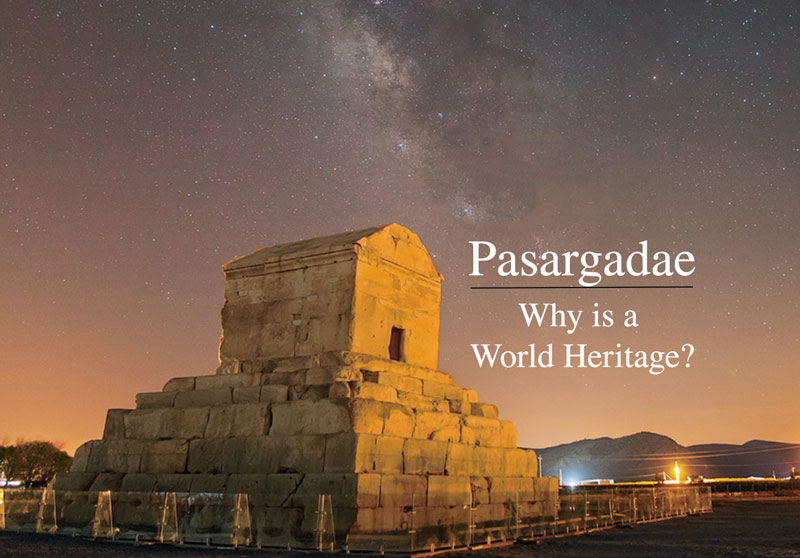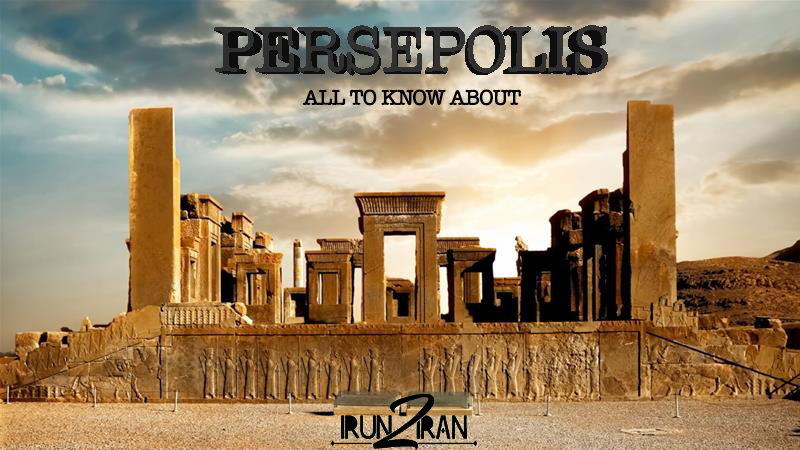History of Cyrus the Great tomb
the tomb of the first human rights and freedoms is Cyrus the Great, which looks like a gorge in the Pasargad Plain. Cyrus the Great was born in Pars land in 599 BC. His father, Cambyses I, was one of the local kings of Persia and his mother, Mandana, the daughter of Astiac, the last king of Madad. In 550 BC, Cyrus established the Achaemenid Empire.
The realm of this empire was expansive at the height of its power from the east to the banks of the Sindh River and from the Maghreb to Greece and Egypt. In 538, Cyrus the Great conquered Babylon, and it was here that the Declaration of Human Rights was drafted in the form of a cylinder of Glenn and issued a decree on freedom and equality. After many years of efforts to develop the country and establish peace and security, in the year 529 BCE, he was blinded by the world and settled down in the building.
read also : visiting Necropolis
Cyrus was a Visionary Leader
Cyrus the Great was known for his forward-thinking and ambitious goals. He envisioned a vast empire that respected the diverse cultures and religions of its subjects, leading to a more inclusive and tolerant society.
Cyrus was a Benevolent King
Cyrus the Great was renowned for his kindness and generosity towards his subjects. He implemented policies that prioritized the welfare of his people, such as granting religious freedom, releasing political prisoners, and allowing displaced communities to return to their homelands.
Cyrus was a Resilient King
Cyrus the Great faced numerous challenges and obstacles throughout his reign, yet he displayed remarkable resilience in overcoming them. He successfully expanded his empire, defeated powerful enemies, and maintained stability and order within his vast territories.






















